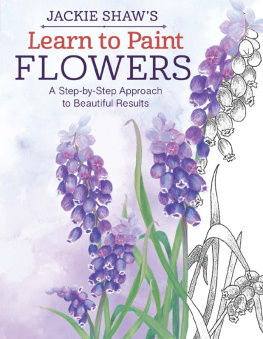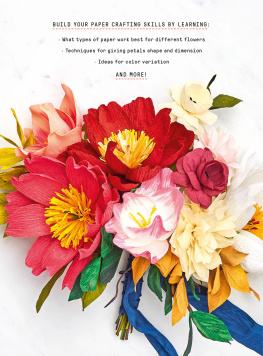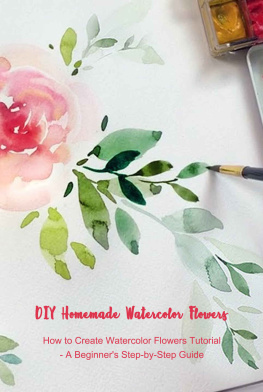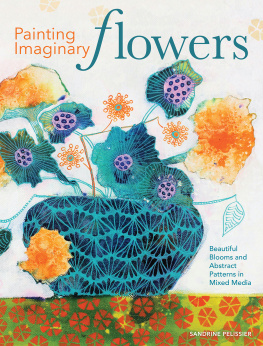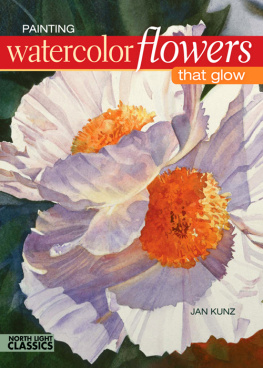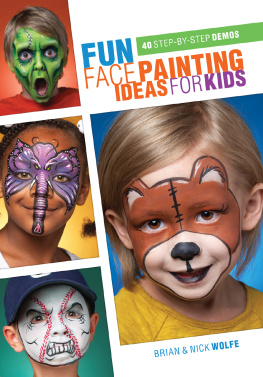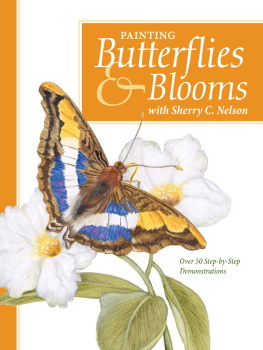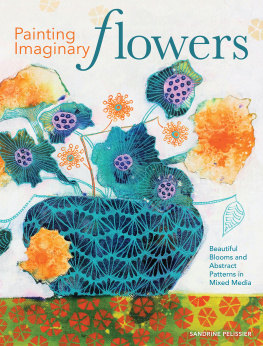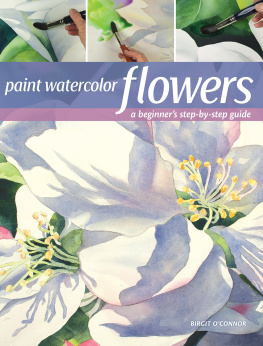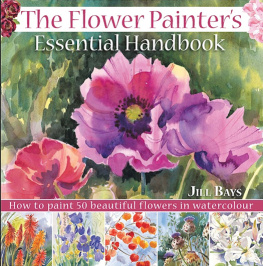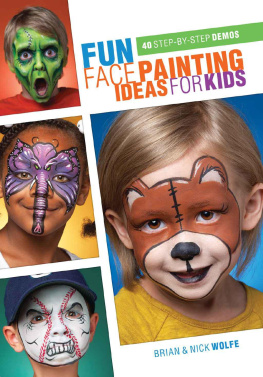Contents
Guide

To my husband, Lynn, who truly is the wind beneath my wings.
ACKNOWLEDGMENTS
Part of the joy of doing a book like this is the opportunity it affords to meet new people while pursuing friends leads. For this, we are grateful to Betty and Joe Frushour, Harold Stottlemyer, Gary Hoffman, Elsa Hoffman, and Priscilla Harsh.
A large measure of joy results from having to stretch and grow and watching as family also stretches to accommodate an increasingly frenetic schedule and mushrooming needs. This book is as much my husband Lynns as it is mine. It would have been impossible without his help organizing and managing the computer files; finding things I misfiled (or failed to save) in that wondrous, exasperating electronic vacuum; prodding the computer back into service every time it called time out!; keeping track of the hundreds of photographs and illustrations; keying every image and bit of text so they would appear in the proper places in the book; and particularly for loving and appreciating me through it all. Special thanks go also to my mother, Grace Waters Bisese, and to our youngest daughter, Jen Reese, for helping with the manuscript; and to our two other daughters Kathy Graham and Laura Duvall; all three sons-in-law, Andy, John, and David; and grandchildren Savanah, Jimmy, Colton, Madison, Tommy, and Elena, for patiently enduring us while we focused single-mindedly on this book.
An enormous debt of gratitude goes to Mindie Conway who stepped in to relieve my worry and tend all my cherished gardens while I had to be content with the images from them on my computer screen.
For their generosity in providing unlimited access to their orchards, great appreciation goes to Cloppers Orchards in Smithsburg, Maryland, and to Margie and Lawrence Johnson in Valley Center, California.
For sharing and caring and patiently waiting for us to return to a normal life, special thanks to Jody and Nicholas Long and Heidi and Steve Lippman.
And of course, had it not been for all my wonderful students throughout the United States and abroad on whom I practiced and developed techniques, whose needs made me stretch, and whose sharing helped me grow, I would not have been able to do such a book. Special thanks to them all, and to the following magazines in which some of these lessons or variations first appeared: Decorative Artists Workbook, Tole World, and Quick and Easy Painting.
ACQUISITION EDITOR: Carole Giagnocavo
DEVELOPMENTAL EDITOR: Margaret Riley
EDITOR: Katie Weeber
Every child is an artist. The problem is how to remain an artist once he grows up.
Pablo Picasso
INTRODUCTION

Capturing images, impressions, and emotions that stir us, and expressing them in paint, is one of lifes great creative adventures. It gives us the opportunity for self-exploration, as well as creative self-expression. The creative process is an innate part of our being and allows us to indulge the child in us. Unfortunately, for many that innate creativity is submerged under fears and insecurities. If we worry about how our art or creativity will be perceived or judged by others, we paint with timidity and fear rather than with the free, exploring spirit we had as children.
Before we learned that we had to color neatly within the lines of the coloring book, and that dogs were not green, and walls were not for drawing on, we were all very creative. If you believe you are no longer creative, you need to know that you can be again; but you must regain your child-like daring and independence. You must be willing to experiment and to attempt the somewhat absurd at times, and to be flexible, nonconforming, and curious. You must redevelop your courage and self-confidence and, above all, be willing to risk failure in order to attain success. Before you learned to walk, you fell down a lot; but you grew stronger and more resolute in the process.
Be bold. Accept that you will paint some failures along the way, but try to learn from them. We learn more from our frustrating mistakes than from our easy successes. Be positive and expect to succeed. If you continually tell yourself, I cant do this, youll soon convince yourself, thus paving the way for failure. Think I can, and you will!
CONTENTS



GETTING STARTED
To get started, youll need only a few basic brushes and paints. For the other supplies, you can make do with common household items to keep your initial expenses down. You dont even have to be able to draw, because Ill tell you several ways you can transfer patterns onto your surface. You may need to return to this chapter frequently in the beginning if the brush techniques discussed are new to you. So mark its location with a tab or ribbon for quick reference.
Youve taken the first step on your painting adventure by picking up this book. Now lets get you started collecting supplies and learning how to use them.
BASIC SUPPLIES
You can get started on your lifetime of creative self-expression with just a small investment. Your most important tools are brushes and paints, of which there is a wide range of price and quality. Pamper yourself with the best quality you can afford. Your brushes, if well cared for, will last a long time. And quality paints (with lots of pigment) will help you achieve the results you seek, and are a joy to work with. Inferior products will undermine both your efforts and your confidence.
While it is handy to have an assortment of brush sizes, you can get by substituting the basic brushes listed below for other brushes and sizes suggested in the lessons. Mixing paints is a lot of trial and error to achieve a specific color. Dont panicjust mix and create.

PAINTS: DECOART AMERICANA ACRYLICS
Substitute your preferred paint brand and colors as desired. See .
Primary Red
Primary Blue
Yellow Light
Titanium (Snow) White
Lamp (Ebony) Black
Purchase additional paints when youre ready, concentrating first on additional primary colors.
BRUSHES: LOEW-CORNELL SYNTHETIC TAKLON BRUSHES
Substitute your preferred brush brand and sizes as desired. See .
Flats: Nos. 2, 6, and 10 (Series 7300)
Round: No. 2 (Series 7040)
Liner: No. 1 (Series JS)
MISCELLANEOUS
Paint extender medium
Pad of 9- by 12-inch Bristol board (art paper), watercolor paper (hot pressed), or poster board to paint on

